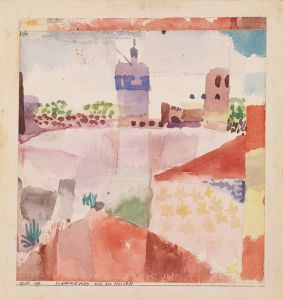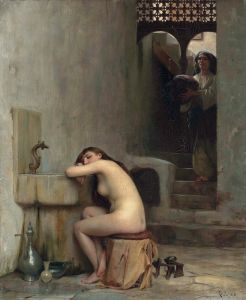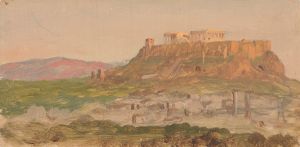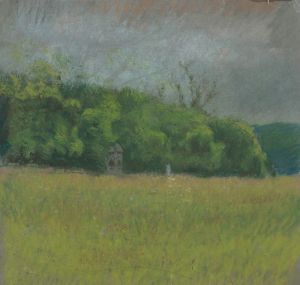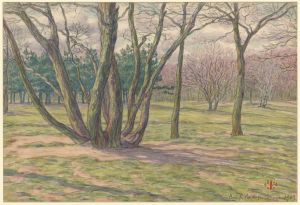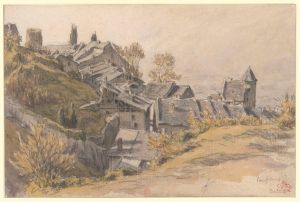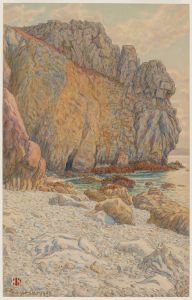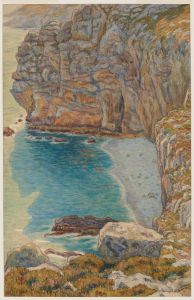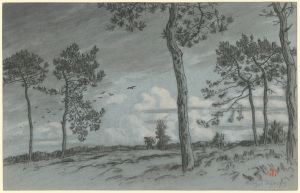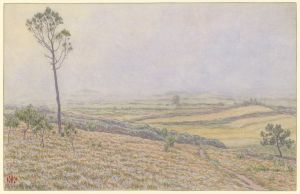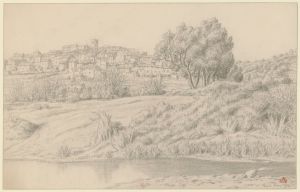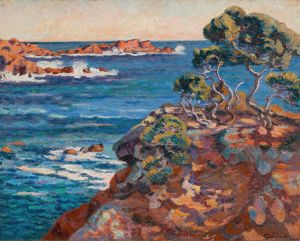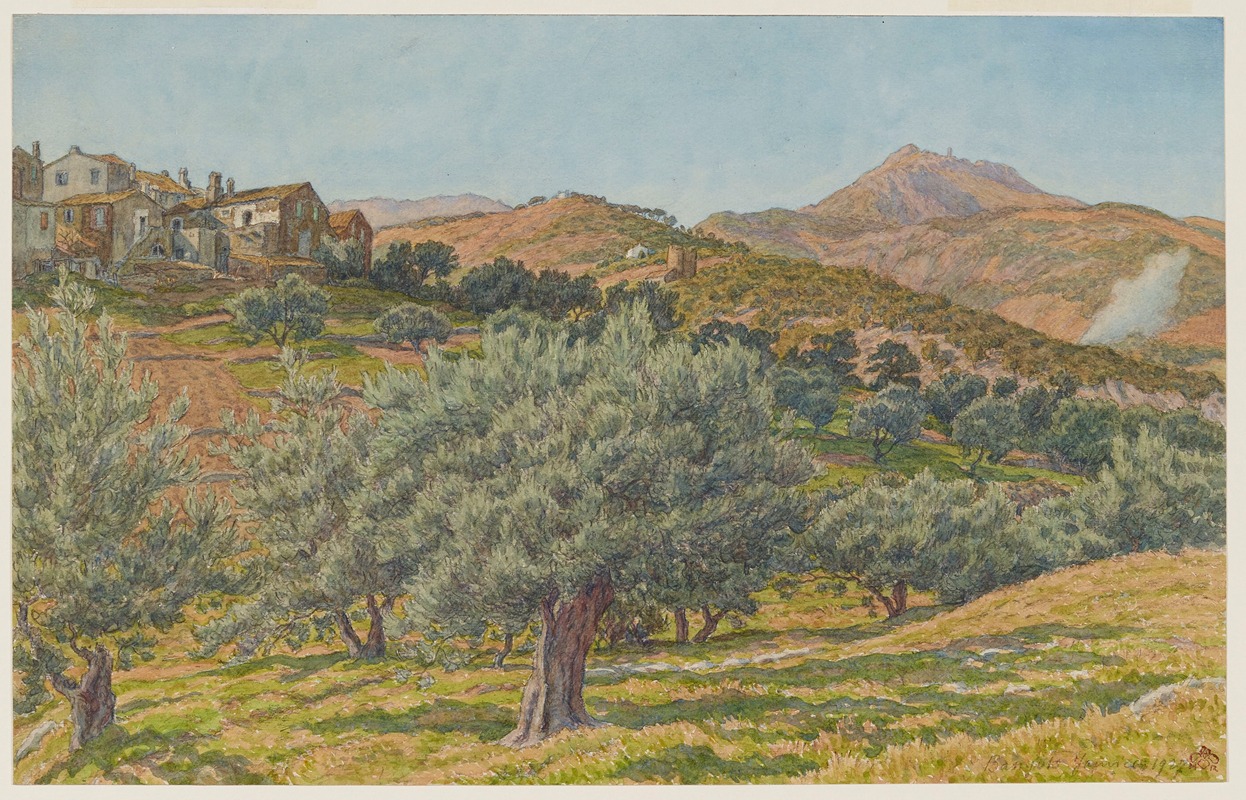
Puig del Mas. La Salette et Madeloc, Banyuls
A hand-painted replica of Henri Rivière’s masterpiece Puig del Mas. La Salette et Madeloc, Banyuls, meticulously crafted by professional artists to capture the true essence of the original. Each piece is created with museum-quality canvas and rare mineral pigments, carefully painted by experienced artists with delicate brushstrokes and rich, layered colors to perfectly recreate the texture of the original artwork. Unlike machine-printed reproductions, this hand-painted version brings the painting to life, infused with the artist’s emotions and skill in every stroke. Whether for personal collection or home decoration, it instantly elevates the artistic atmosphere of any space.
Henri Rivière (1864–1951) was a French artist known for his innovative contributions to printmaking and his incorporation of Japanese artistic influences, particularly the ukiyo-e style, into his works. He is best remembered for his lithographs, etchings, and woodcuts that often depicted landscapes and scenes of rural France. Rivière was also a prominent figure in the late 19th-century Parisian art scene, particularly associated with the shadow theater at the cabaret Le Chat Noir.
One of his works, Puig del Mas. La Salette et Madeloc, Banyuls, is a color lithograph that showcases his mastery of landscape art. The piece is part of his series Paysages Bretons (Breton Landscapes), which captures the natural beauty and rural charm of various regions in France. This particular lithograph depicts a view of the Puig del Mas area in Banyuls-sur-Mer, a commune in the Pyrénées-Orientales department in southern France. The scene includes the chapel of La Salette and the Madeloc Tower, both landmarks in the region. The composition reflects Rivière's characteristic style, blending realism with a decorative aesthetic influenced by Japanese prints.
The lithograph highlights Rivière's ability to capture the interplay of light and color in the landscape, emphasizing the serene and timeless quality of the southern French countryside. His use of soft, harmonious tones and simplified forms creates a sense of tranquility and balance, drawing the viewer into the scene. The work is a testament to Rivière's skill in adapting traditional printmaking techniques to modern artistic sensibilities.
Rivière's art was deeply influenced by his travels and his appreciation for the natural world. While he is most closely associated with Brittany, his works also include depictions of other regions in France, such as the Mediterranean landscapes of Banyuls-sur-Mer. His ability to convey the essence of a place through his art has made his works enduringly popular among collectors and art enthusiasts.
Puig del Mas. La Salette et Madeloc, Banyuls is an example of Rivière's dedication to capturing the beauty of the French landscape, combining technical precision with a poetic sensibility. Today, his works are held in various public and private collections, and he is regarded as one of the key figures in the revival of printmaking in the late 19th and early 20th centuries.





